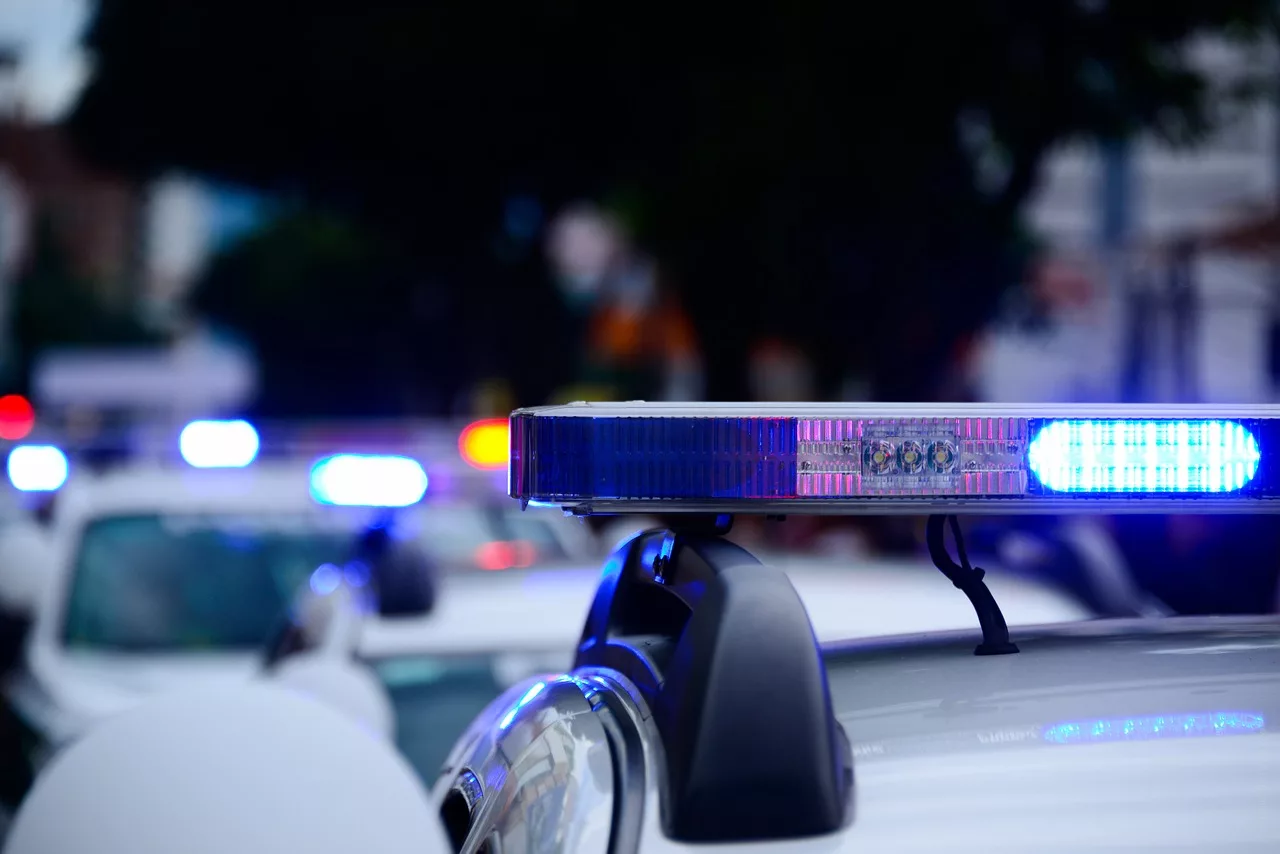The New First Responders— Fighting Back against Active Shooters

The FBI recently released its data on the Active Shooter Incidents in the US for 2018. Although there was a slight drop in active shooter events to 27 from the high of 30 in 2017, this is still no cause for celebration. Schools, parks, restaurants and offices continue to be vulnerable targets to assailants for multiple reasons. However, in the past two years, 13 of the active shooters were taken on by witnesses, bystanders and even students, who inadvertently found themselves positioned to be a “first responder”.
Schools and businesses across the country are taking steps to prepare for an active shooter by conducting drills, table-top exercises and more. But these are preparations every single organization and family should conduct. How do I communicate to others that there is an active shooter in the area? Where can I establish a safe space to protect myself and others? Should I use a restroom, conference room or custodial closet? How can I exit a building through a window? What can I fight back with? Throw pots and pans? A hymnal when in church? Maybe cleaning supplies or a fire extinguisher?
Thinking through issues like this in your workplace, school, or house of worship will give people the confidence to be victors—not victims. Joshua Quick knew what to do when a man opened fire in a Florida yoga studio last year—he grabbed the first things he could find to attack the shooter…a vacuum and then a broom.
The decision to fight back must be a conscious one. New Yorker Mark Pinnavaia made such a decision when he drove his car into an active shooter and then chased him on foot. His comment afterward? “I wasn’t going to be a victim.” That is exactly the training mantra which needs to be spread throughout the United States: “I won’t be a victim.” Maximizing survival in an active shooter event is mostly about thinking through how you should react to a dangerous situation. The Department of Homeland Security has made it simple: Run, Hide, Fight. However, there are many other aspects which you should think through as an individual, as a parent, a store-owner or even a student.
The world has recently learned of several other heroes who found themselves being “first responders” by being face-to-face with an active shooter. Sixty-year-old Lori Gilbert-Kaye gave her life to shield her rabbi in a San Diego synagogue shooting, and two others chased him out, preventing further loss of life.
Student Riley Howell rushed and tackled a shooter at the University of North Carolina – Charlotte, giving his life, but saving countless others. When a student pulled out a gun in a classroom in Highlands Ranch, Colorado, Kendrick Castillo and several classmates tackled the shooter, allowing others to flee. Eight of his classmates were wounded and Castillo was killed in the struggle, but he is hailed a hero by all. And just down the hall from Kendrick Castillo, sixth grader Nate Holley, grabbed a baseball bat and prepared to defend his classroom from the same shooter, saying, “I was gonna go down fighting if I was gonna go down.”
What to remember
In 2018, five of the 27 active shooter incidents were ended by our neighbors, who chose to stand up and fight. Their actions and heroism saved countless lives, while risking and even sacrificing their own.
The FBI report sums up what Americans need to understand as the path forward: “it is vital that citizens be afforded training so they understand the risk they face and the options they have available.” The very first “first responders” are not wearing a uniform—they are us. And we need to be prepared.
Looking for a reprint of this article?
From high-res PDFs to custom plaques, order your copy today!







